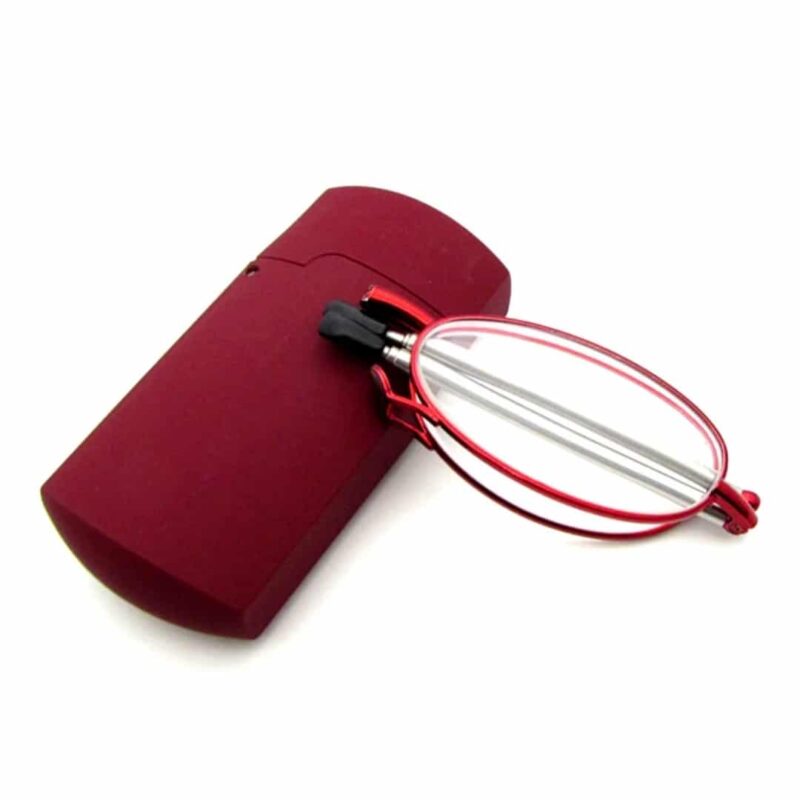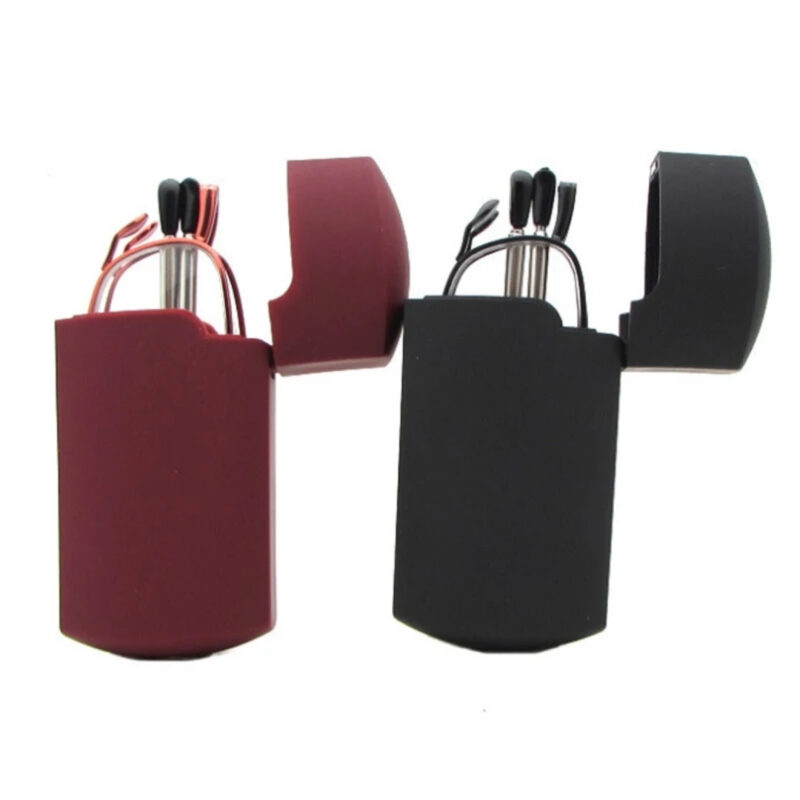In the realm of workplace safety and emergency preparedness, eye washers stand as essential sentinels of well-being. Designed to swiftly and effectively alleviate the discomfort caused by accidental exposure to hazardous materials or foreign substances, these devices provide a crucial line of defense for our most delicate sensory organ – the eyes.
An eye washer, often found in laboratories, manufacturing facilities, and medical settings, is a simple yet indispensable apparatus. It typically consists of a gently arcing faucet-like structure, strategically positioned to deliver a steady stream of tepid water. In moments of urgency, when a chemical splashes, a particle infiltrates, or an irritant triggers distress, the eye washer becomes a lifeline.
The primary goal of an eye washer is to rapidly cleanse the eye and the surrounding area, diluting and flushing away any potentially harmful substances. Its design takes into consideration the delicacy of the ocular tissues, delivering a flow of water that’s neither too forceful nor too lukewarm, ensuring comfort while effectively eliminating contaminants.
Whether safeguarding employees in a bustling factory, researchers in a cutting-edge laboratory, or students in a dynamic educational environment, eye washers transcend their utilitarian function. They stand as guardians of safety, embodying a commitment to proactive care and the preservation of one of our most precious senses. In a world where unforeseen accidents can occur, the presence of an eye washer offers reassurance – a reminder that even amidst challenges, our well-being remains a paramount concern.








